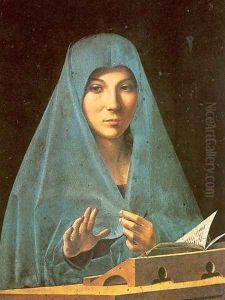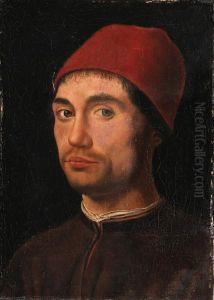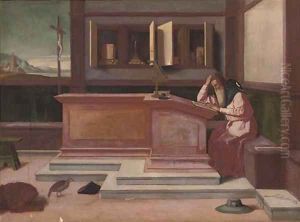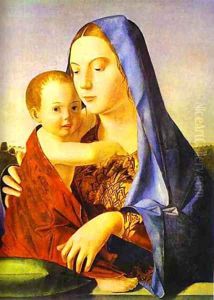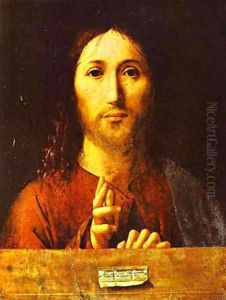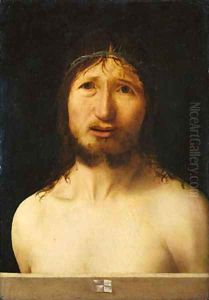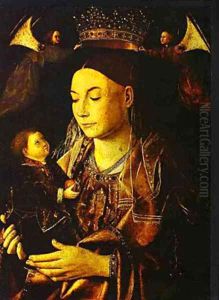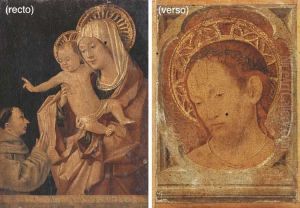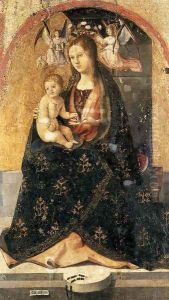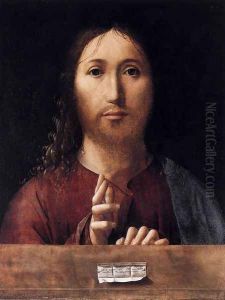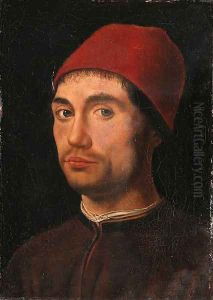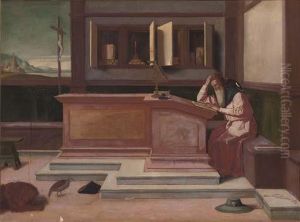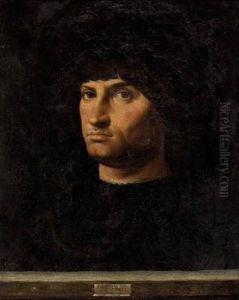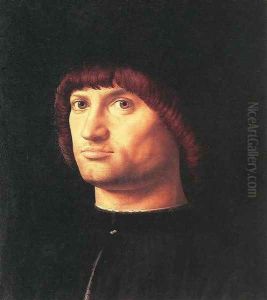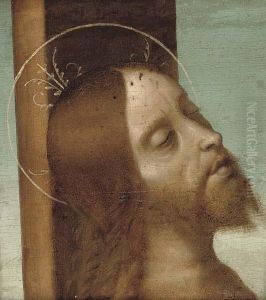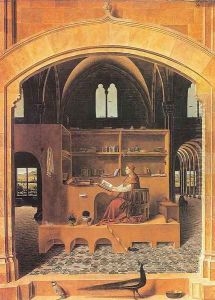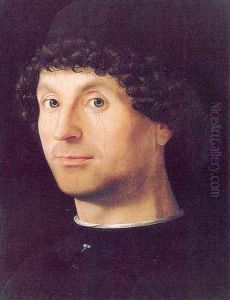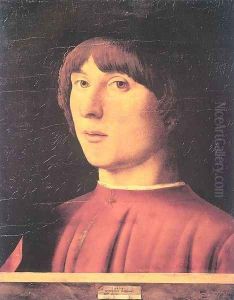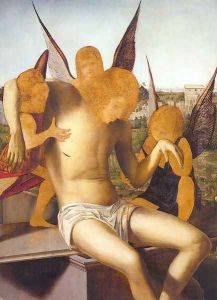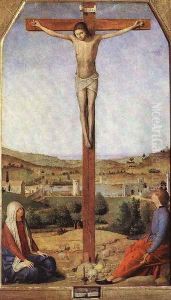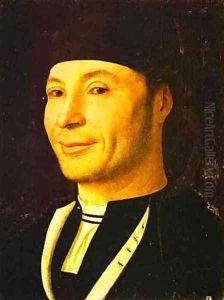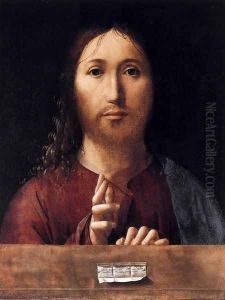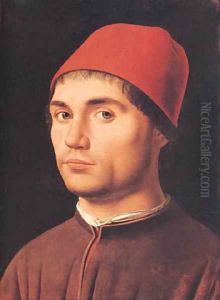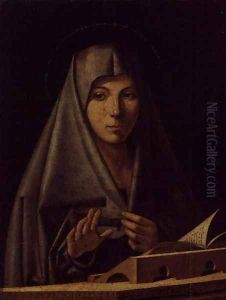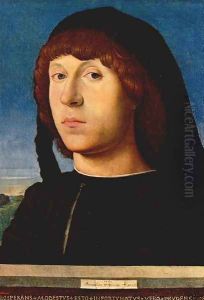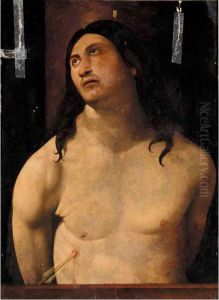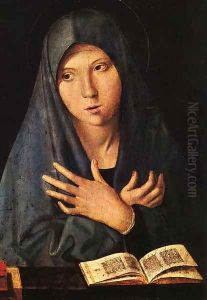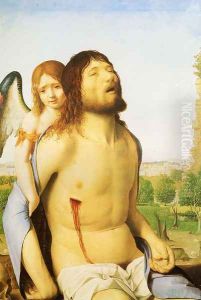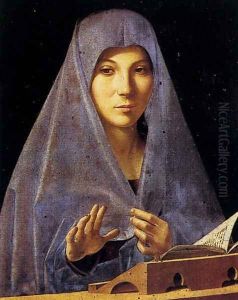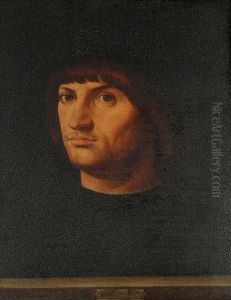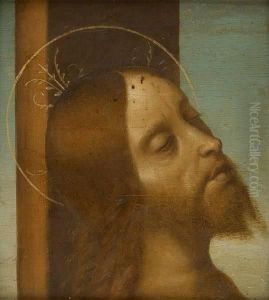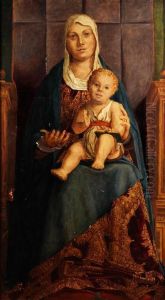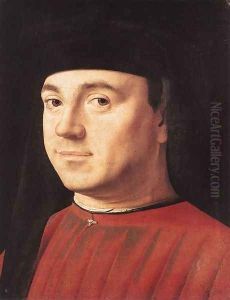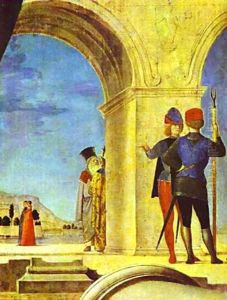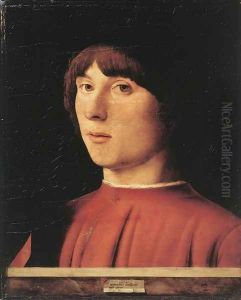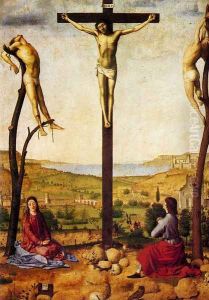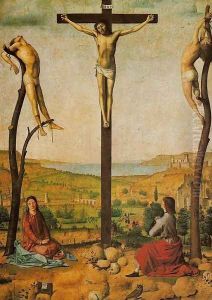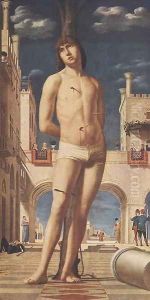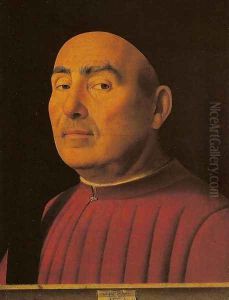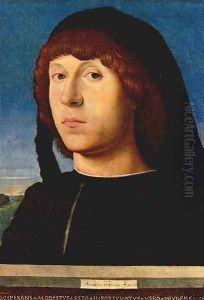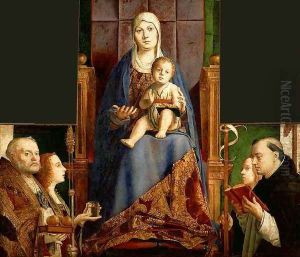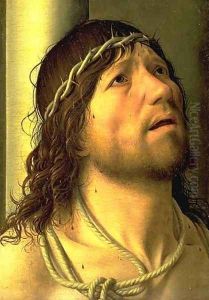Antonello da Messina Messina Paintings
Antonello da Messina, born Antonello di Giovanni di Antonio around 1430 in Messina, was an Italian painter during the Renaissance period, renowned for his masterful use of oil painting techniques that he possibly introduced to Italy after Northern European influences. His work is characterized by its meticulous attention to detail, rich coloring, and incorporation of light to create depth and volume, which was groundbreaking at the time and had a significant influence on contemporary Italian artists.
Antonello spent the early part of his career in Naples, which was then under the rule of the Kingdom of Aragon, and this experience likely exposed him to the work of Early Netherlandish painters, whose techniques he adapted and refined. His travels are not well documented, but it is speculated that he may have visited Northern Europe, where he would have come into direct contact with the works of Jan van Eyck, whose oil painting methods were revolutionary.
The precise details of Antonello's life are largely unknown, but his artistry is well documented through his surviving works. One of his most famous paintings is the 'Annunciation with St. Jerome and St. Gregory' (1473), which showcases his skill in rendering figures with a strong sense of three-dimensionality. Another landmark work is the 'St. Jerome in his Study' (c. 1475), which displays a masterful use of perspective and light to create a contemplative space that is both realistic and symbolic.
Antonello's influence was particularly felt in Venice, where he spent some of his later years. His techniques were adopted by Venetian painters, including Giovanni Bellini, who was deeply affected by Antonello's style. This blending of Northern European oil painting with the Venetian coloristic tradition helped give rise to the distinctive Venetian School of the High Renaissance.
Antonello da Messina died in 1479, leaving behind a legacy of innovation in oil painting that would shape the future of Italian Renaissance art. His ability to infuse his religious and secular subjects with a lifelike presence and emotional depth marks him as one of the key figures in the evolution of Western art.
